
Have you ever heard of the “Funa-Yurei”?
As summer rolls in, ghost stories and eerie tales become popular in Japan. Among them, legends of supernatural beings that haunt the sea stand out with a unique sense of fear. One such entity is the Funa-Yurei, a ghost that has been feared by sailors across Japan for centuries.
These sea ghosts are especially known to appear during Obon—the time of year when spirits of the dead are believed to return to the world of the living. According to folklore, Funa-Yurei attempt to sink passing boats, dragging the living into the sea to join them.
In this article, we’ll explore what Funa-Yurei are, how they’re connected to Obon, and what to do if you ever encounter one.

Don’t worry—we’ll keep things beginner-friendly but still spine-chilling!
What Is a Funa-Yurei?
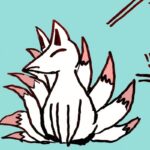
Let’s learn about Funa-Yurei!
A Ghostly Yokai Born from Tragedy
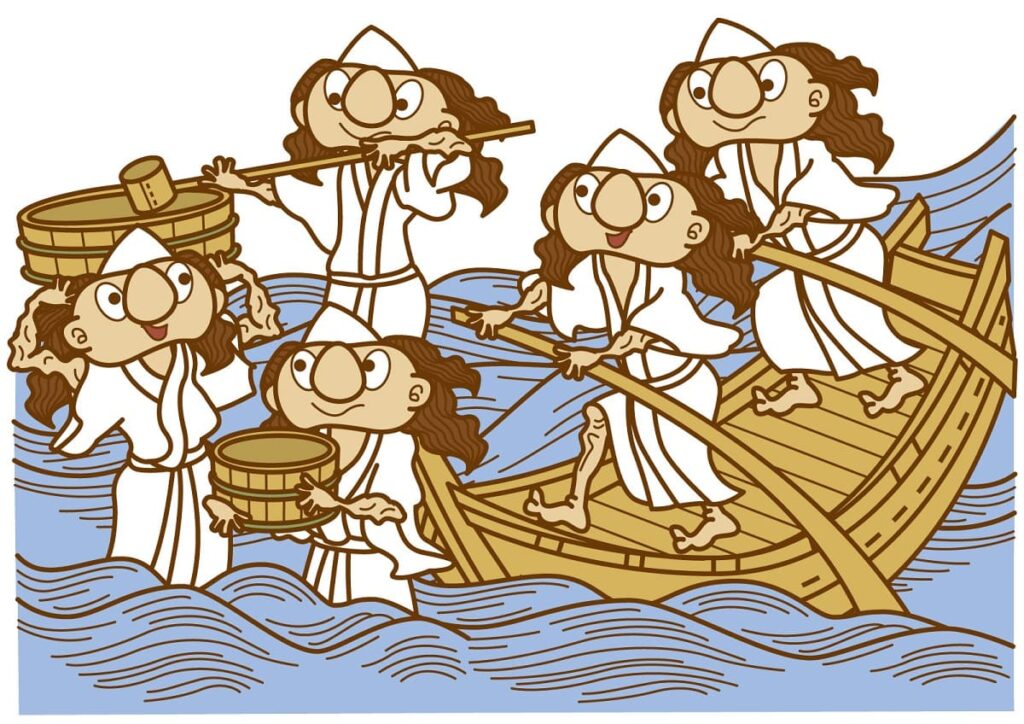
Funa-Yurei (literally “boat ghost”) are the restless spirits of those who died in shipwrecks or other water-related tragedies. Because they passed away with unresolved emotions or pain, they wander the seas, seeking to pull living humans into the water to join them.
Considered a type of yokai—supernatural beings or spirits in Japanese folklore—Funa-Yurei frequently appear in Edo-period ghost stories, essays, and even modern ethnographic records. Their frightening reputation made them particularly feared by fishermen and sailors alike.
Many Faces of the Funa-Yurei
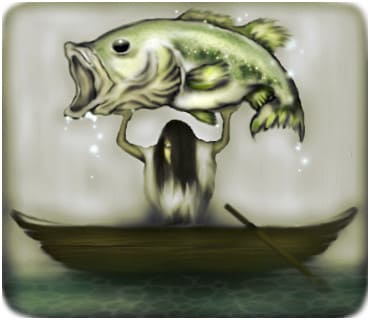
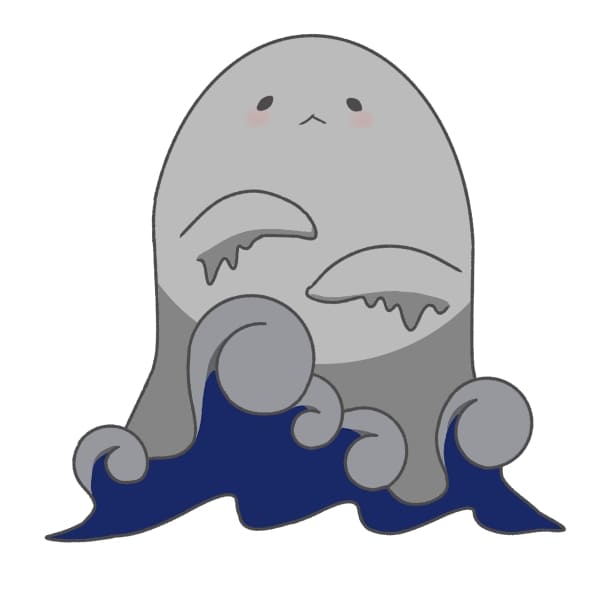
The appearance of a Funa-Yurei can vary widely depending on the region and local tradition. For example:
- A ghostly figure floating above the sea
- A haunted sailing ship appearing out of nowhere
- A drenched spirit suddenly appearing aboard a boat
- Mysterious fires or monstrous shapes resembling sea monks
Despite their different forms, they all give off a chilling, otherworldly presence. Some stories describe them using ladles to scoop seawater into boats in an attempt to sink them.

It’s said that Funa-Yurei often appear when the weather suddenly changes. If the sea suddenly turns rough or a warm wind abruptly stops, you’d better be careful.
Why They Were So Feared
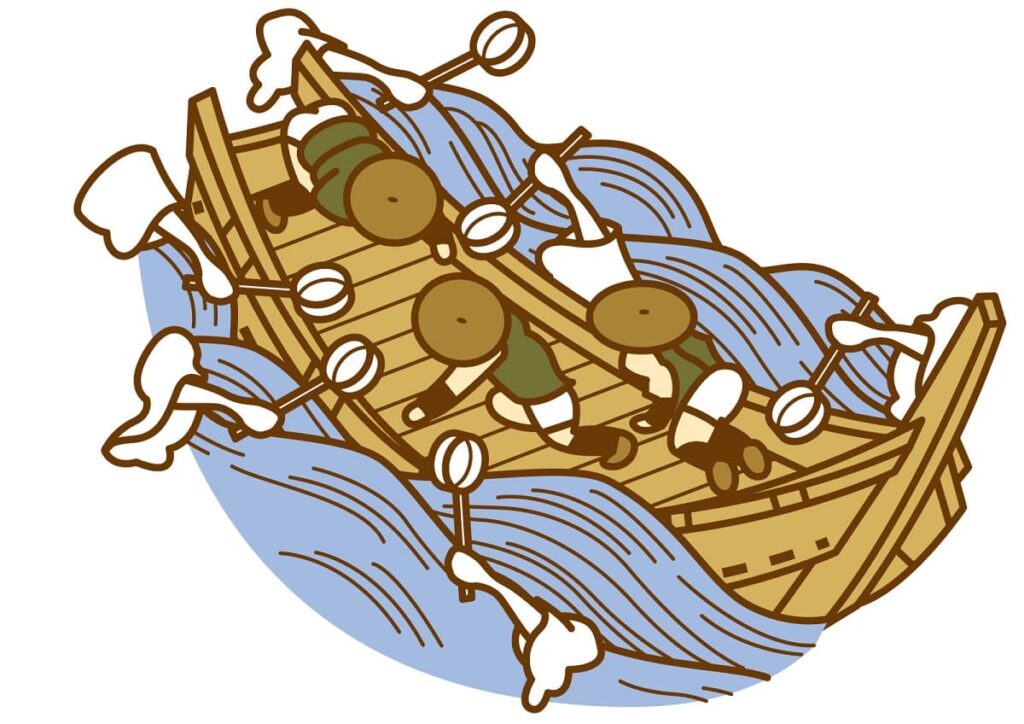
One of the most terrifying aspects of Funa-Yurei is their intent: to sink boats and drown their passengers.
Many tales describe how they request a ladle or dipper (hisyaku) from sailors, which they then use to fill the boat with water.
In some coastal villages, people believe that if you go out to sea during Obon night, the ghost will steal your bilge plug (aka-tori) and fill the boat until it sinks. This fear was so real that many boatmen refused to sail on the 16th of Obon.
Funa-Yurei and the Deep Connection to Obon

Anyone who was born and raised in Japan has probably heard the old saying, “Don’t go to the sea during Obon” at least once.
The 16th Day of Obon—A Time to Stay Ashore

Obon is the time of year when spirits of the deceased return to visit their families. It’s no surprise, then, that Funa-Yurei sightings are most commonly reported during this season, especially on the 16th day.
These spirits are believed to be particularly active then, trying to draw living souls into the sea to join them. For that reason, boatmen traditionally avoided setting sail during Obon.
Ties to Spirit Boats and Death Rituals
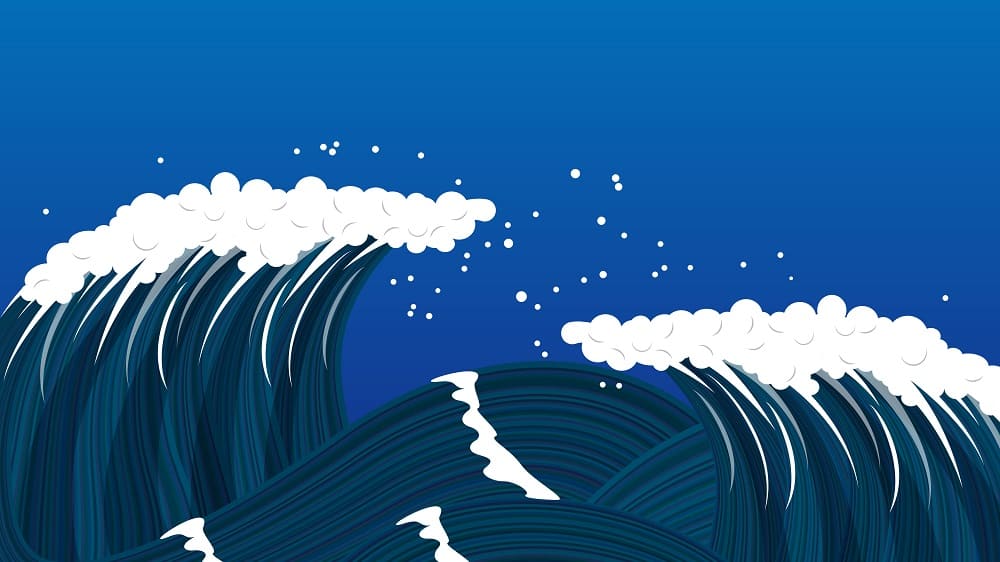
Some researchers suggest that the timing of Funa-Yurei appearances overlaps with the shōrōbune or “spirit boats” used during Obon to send off ancestral spirits.
This overlap indicates a deeper spiritual connection: the Funa-Yurei may represent unvenerated or forgotten souls of drowned people. Their appearance serves as a reminder of death’s presence and the importance of performing proper rituals for the dead.
Wisdom from Old Fishing Villages

In traditional fishing villages, people would light “welcoming fires” during Obon to guide the spirits of the dead. It was also said that one should never go out to sea on this day.
Even though fishing was a livelihood, many believed it was worth sacrificing a day’s catch to avoid attracting Funa-Yurei. These practices weren’t just superstition—they were rooted in a collective memory of real dangers at sea and deep respect for the dead.
What to Do If You Encounter a Funa-Yurei
So, what if you ever meet a Funa-Yurei?
According to legend, if the ghost asks for a ladle, never give them a regular one. If you do, they’ll use it to pour seawater into your boat until it sinks.
Instead, give them a ladle with no bottom. Since it can’t hold water, the ghost will be unable to sink your boat and will eventually give up.
This clever trick has been passed down as a way to outsmart even the dead—an example of the old wisdom that still survives in folklore today.

Some say that even if you hand over a bottomless ladle, the boat will still be sunk in the end…

Watching the pitch-black sea after sunset on a stormy day makes your heart race—you can’t help but wonder if a Funa-Yurei might appear.
Q&A about Funa-Yurei

- QDo people still believe in Funa-Yurei today?
- A
While modern sightings are rare, Funa-Yurei remain popular in Japanese ghost stories and local legends. Some coastal areas still consider them real or spiritually dangerous.
- QDo Funa-Yurei only appear during Obon?
- A
Most commonly, yes. But they’re also said to appear during storms or on foggy nights—times when visibility and safety at sea are poor.
- QAre Funa-Yurei the same as Umibozu?
- A
No, though they are often confused. Funa-Yurei are the spirits of drowned humans, while Umibozu is a separate yokai that appears as a giant sea monk.
Final Thoughts about Funa-Yurei
Funa-Yurei are one of Japan’s most haunting sea-related yokai. Born from tragic deaths at sea, they appear during Obon, attempting to drag the living into the deep.
To protect themselves, generations of sailors passed down stories, rituals, and clever tricks—like using a bottomless ladle. These tales remind us not only of the sea’s dangers, but also of the deep respect Japanese culture holds for the dead.
So next time you hear waves on a summer night—listen closely. A Funa-Yurei may be calling…

If you are interested in Japanese yokai, and you love gaming, you may love these games! Let’s play!

Yes! Let’s play!



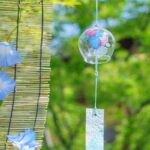
Comments